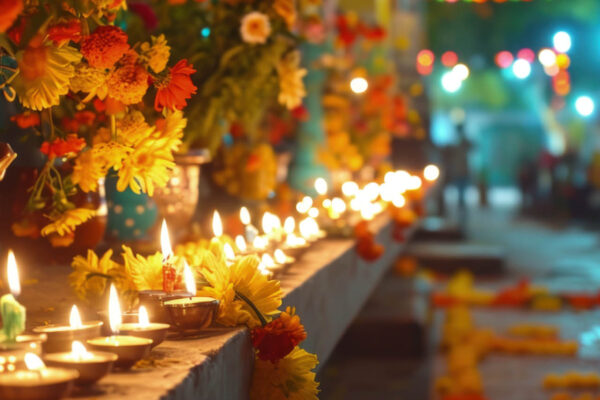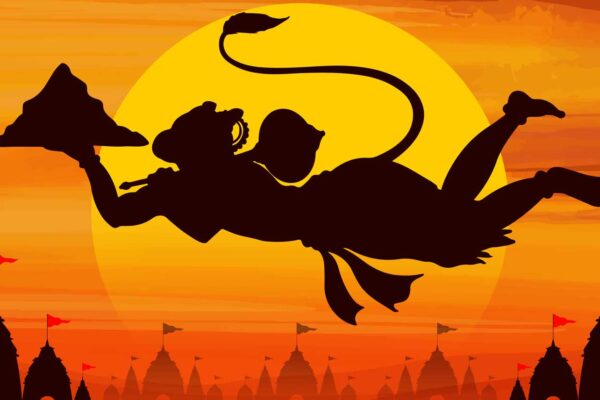Every year, Navratri arrives with nine days of devotion, spirituality, and celebration. Beyond the rituals, one tradition stands out—the practice of wearing a specific colour each day. These 9 colours of Navratri carry deep symbolism because each shade reflects the essence of the goddess worshipped on that day. Moreover, devotees follow this colour code not just as a cultural practice but also as a way to align their energy with divine vibrations.
Day 1 – Pratipada: Orange
Navratri begins with the vibrant colour orange, which represents energy, enthusiasm, and new beginnings. On this day, devotees worship Goddess Shailputri, the embodiment of strength and determination. Therefore, wearing orange inspires positivity and motivates people to start the festival with confidence.
Day 2 – Dwitiya: White
White symbolises purity, peace, and serenity. On this day, Goddess Brahmacharini takes the center stage, and she represents penance and devotion. In addition, choosing white attire allows devotees to embrace calmness and focus on spiritual growth.
Day 3 – Tritiya: Red
Red reflects passion, power, and vitality. Worshippers honour Goddess Chandraghanta, who blends fierceness with compassion. Consequently, wearing red reminds devotees to channel courage while practising kindness.
Day 4 – Chaturthi: Royal Blue
Royal blue conveys prosperity and stability. This day is dedicated to Goddess Kushmanda, believed to create the universe with her divine smile. As a result, when devotees wear royal blue, they express trust, depth, and a connection to cosmic energy.
Day 5 – Panchami: Yellow
Yellow stands for brightness, wisdom, and happiness. On Panchami, worshippers honour Goddess Skandamata, the nurturing mother of Lord Kartikeya. Moreover, yellow attire radiates optimism and brings warmth to the celebrations.
Day 6 – Shashti: Green
Green reflects growth, fertility, and harmony. Goddess Katyayani, worshipped on this day, symbolises courage and strength. Therefore, wearing green signifies progress and a balanced outlook on life.
Day 7 – Saptami: Grey
Although grey may appear unusual, it symbolises transformation and inner strength. Devotees worship Goddess Kalaratri, known for her fearless and protective nature. On the other hand, wearing grey encourages resilience and the ability to overcome challenges.
Day 8 – Ashtami: Purple
Purple signifies ambition, wisdom, and peace. On this day, worshippers honour Goddess Mahagauri, who represents purity and grace. In fact, wearing purple highlights dignity, devotion, and spiritual awareness.
Day 9 – Navami: Peacock Green
The festival concludes with peacock green, a colour that reflects compassion and completeness. Devotees worship Goddess Siddhidatri, who grants wisdom and spiritual powers. Consequently, dressing in this shade symbolises prosperity and fulfilment.
Why the 9 Colours of Navratri Matter
The tradition of wearing these colours goes beyond aesthetics. Each shade creates an emotional connection between devotees and the goddess of the day. Moreover, these colours uplift the festive spirit and make Navratri more vibrant. By following the nine-day palette, devotees align personal energy with divine forces. As a result, Navratri becomes not only a festival of worship but also a journey of inner transformation.
Also read : Traditional Indian Festivals 2025 – Diwali, Holi, Navratri & More





